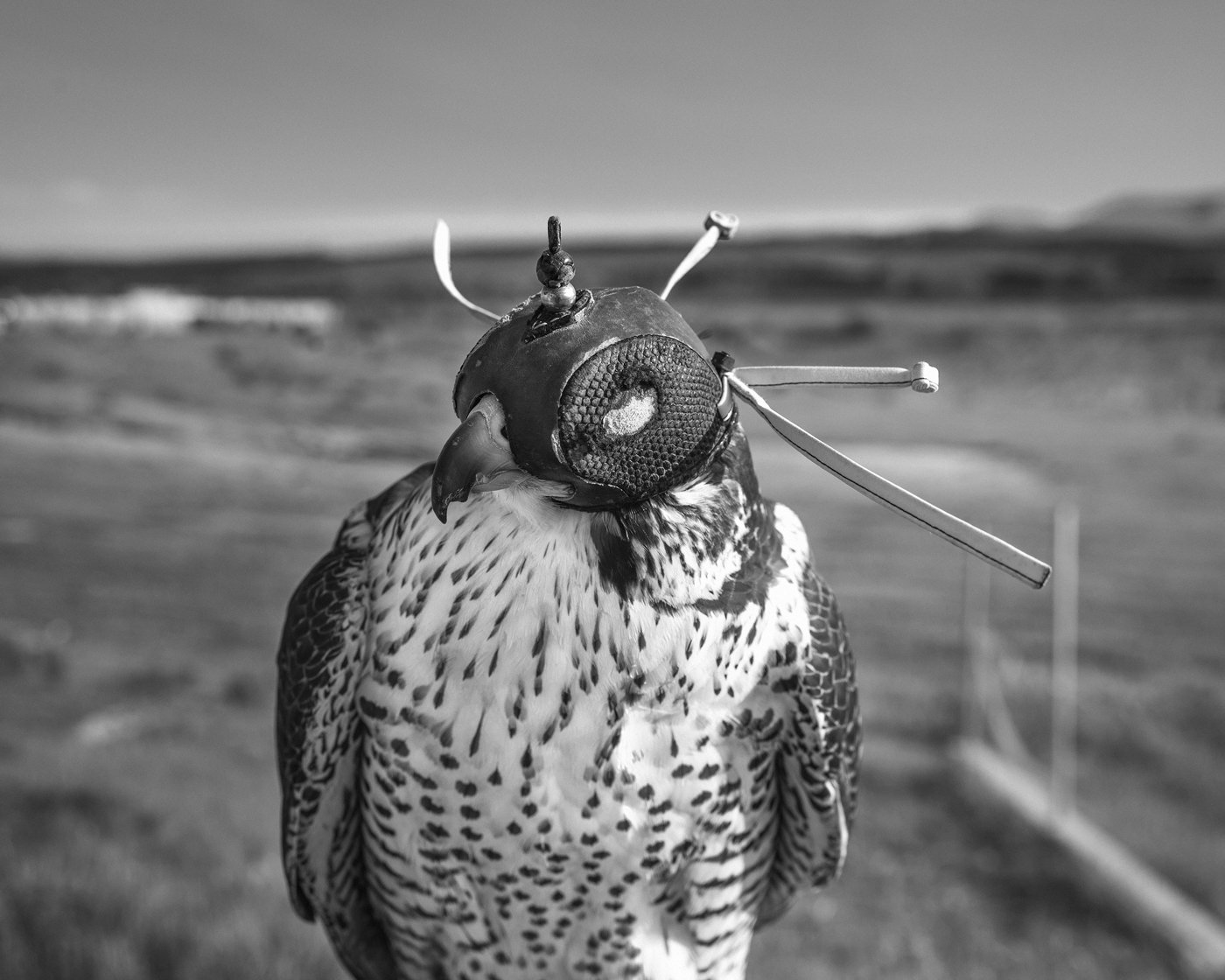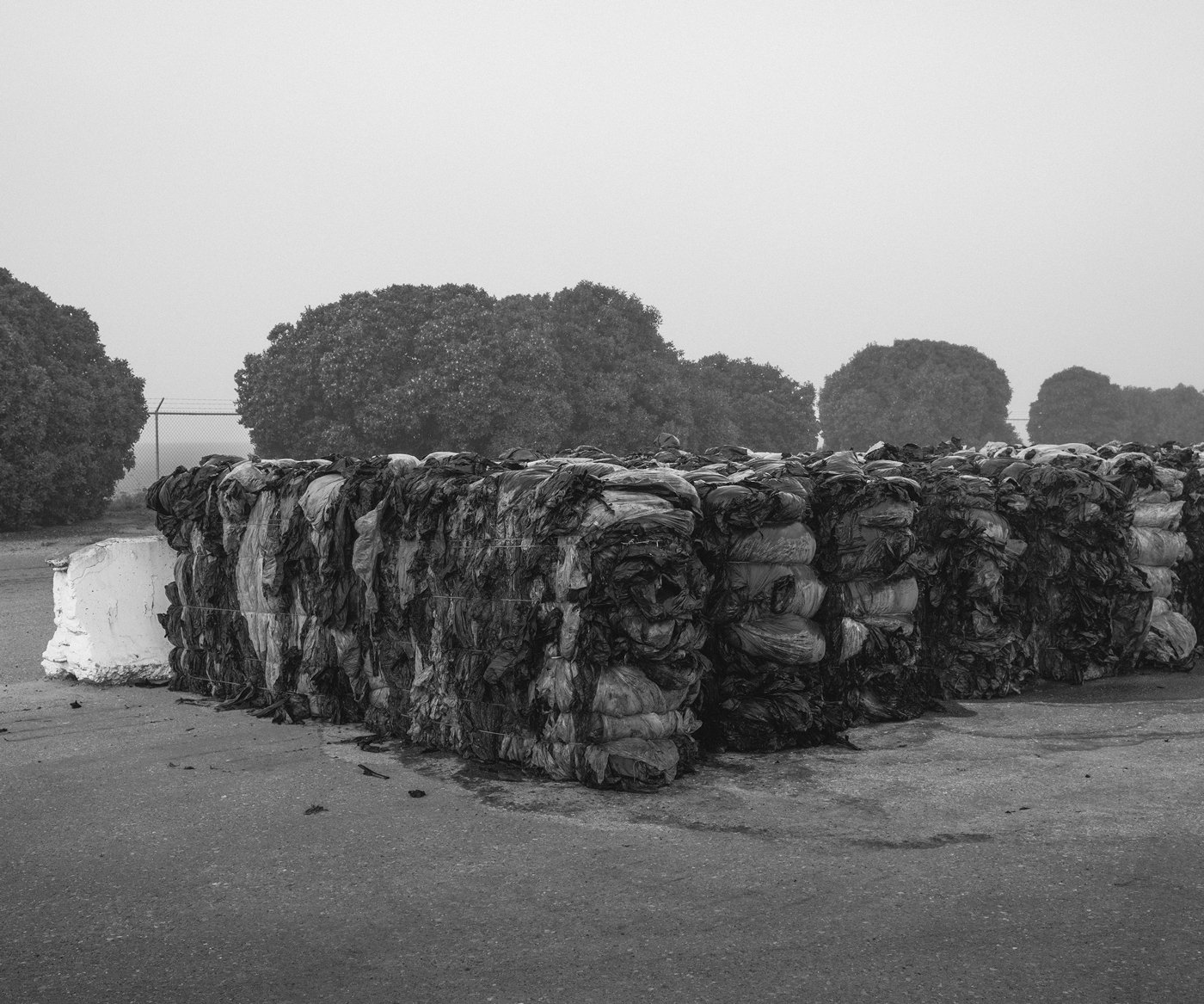BRETT KALLUSKY
Landfill: Elegy for the Santa Maria Valley
Minnesota, United States • brettkallusky.com





-
Since 2013, I have been photographing in the Santa Maria Valley in Central California. This historic place, with its strong roots in Indigenous and Spanish American cultures, is a reflection of a much larger cycle of production, consumption, and waste. It is filled with visual juxtapositions: a place of verdant hills defined by world- renowned vineyards and a valley floor filled with vast
rows of crops that conceal millions of tons of garbage and industrial refuse.
The lyrically named Sugar Street—the street in the Santa Maria Regional Landfill that runs parallel to the adjacent Santa Maria River —is situated directly alongside tens of thousands of acres of agricultural fields, where crops such as broccoli, carrots, cauliflower, celery, lettuce, squash, and strawberries are grown on a massive scale for consumption by Americans everywhere—coast to coast.
I’m intrigued by the visual and conceptual dissonances that present themselves here: the perfect, iconic forms of commercially grown produce; the carefully organized chaos of the waste-intake sites; the ever-changing engineered hills of the capped landfill cells. Nestled among these contrasts are the hulking forms of baled and stacked tonnage of agricultural
plastic, alternately resembling massive boulders or fortified walls, comprised of the same material that is used for insulation and irrigation in the tidy but expansive as-far-as-the-eye-can-see rows of rotational crops nearby.
Plastic winds its way through this engineered landscape like a dark, opaque river. Sheets of it are used above the soil as an exoskeleton, warming the raised ground and protecting the strawberry plants whose roots are wrapped in, and watered by, an engineered cocoon. All the while, hawks dutifully keep watch over the 50-year-old, state- of-the-art landfill that is nearing the end of its
life. It is running out of land.
The landscapes of the Santa Maria Valley have an uncanny resonance everywhere, as Americans undertake these same processes in their ordinary lives: ritual human actions that mark the passage of time through the landscapes and landfills we create.
